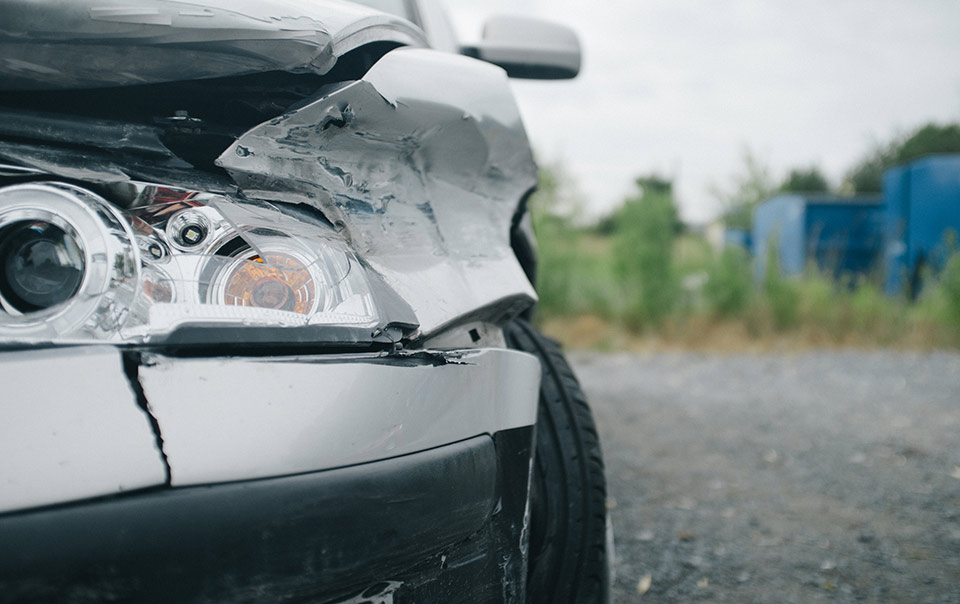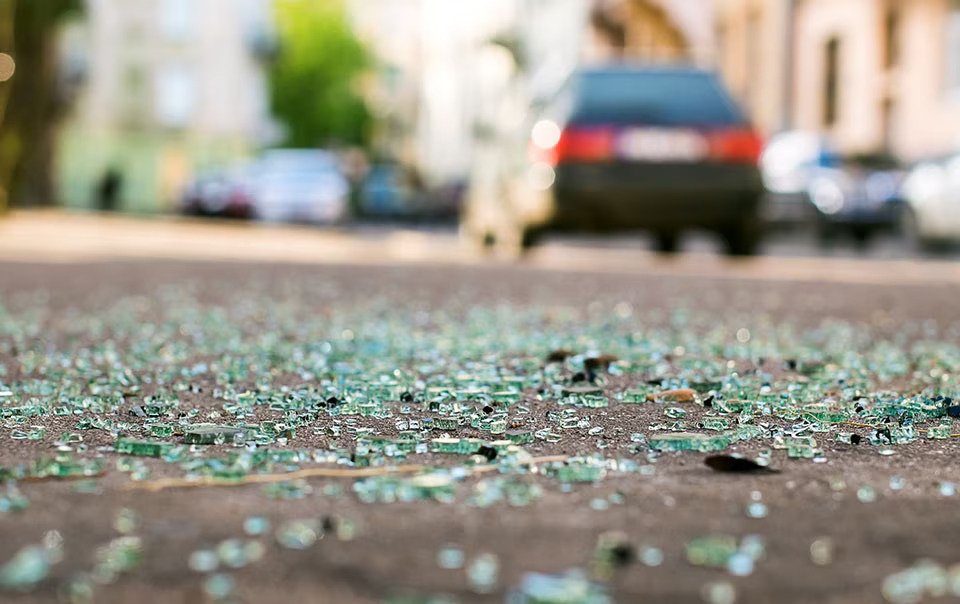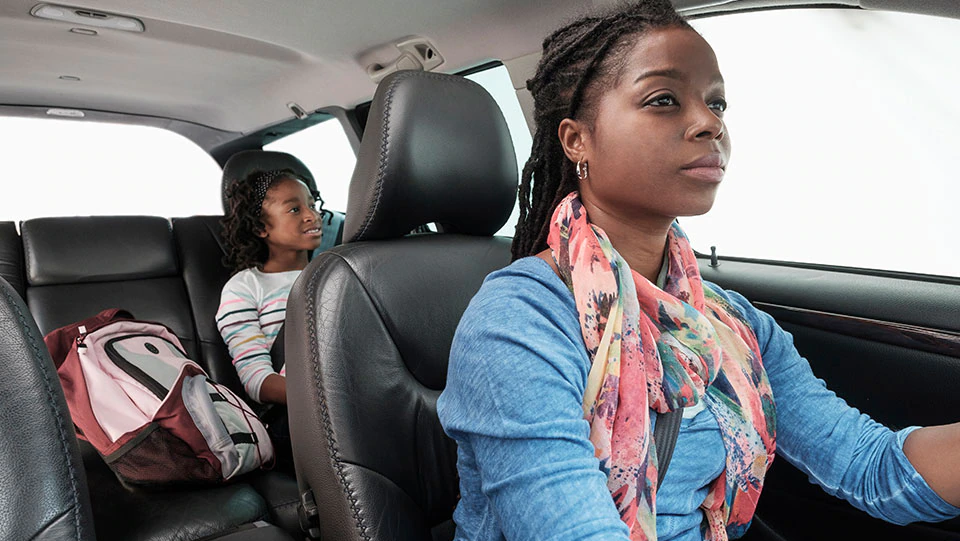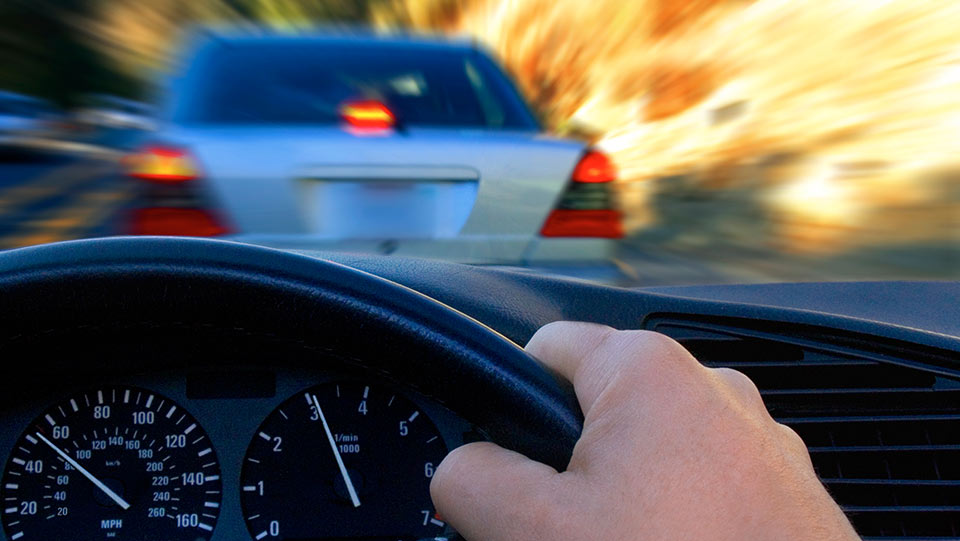How Crumple Zones Work


This may be a hard concept to accept, but despite what your intuition tells you, you may want a car that crumples. In fact, statistics show that the risk of being killed in a personal motor vehicle on U.S. roads has decreased each year, with the exception of 2012, when fatality and injury rates increased slightly.1 And much of that progress in car safety can be attributed to car design that has evolved from the invention of the crumple zone.2
The crumple zone – how physics saves lives
Early designs of car bodies were designed to be rigid without much regard for what happened to the car and its occupants in a crash. The laws of physics dictate that if you are driving at 50 mph and a crash causes the car to stop immediately, passengers will continue moving at 50 mph. The results can be fatal.
In a crash, crumple zones help transfer some of the car’s kinetic energy into controlled deformation, or crumpling, at impact. This may create more vehicle damage, but the severity of personal injury likely will be reduced. Crumpling allows the vehicle to take a little longer before coming to a stop, in effect lowering the average impact force and increasing the survival space for the belted passengers. An engineered crumple zone works best in conjunction with a rigid occupant compartment, also known as a safety cage, to minimize potential injuries.
The idea of crumple zones is not new. In 1959, Mercedes-Benz started to manufacture cars designed to absorb impact energy using the concept.3 And with the introduction of safety ratings in the late ’70s, virtually all manufacturers of passenger cars and light trucks have adopted the design to improve their scores.
Along with crumple zones, other modern design factors and improvements have helped to make cars safer. Seat belts, air bags, head restraints and interior features redesigned to be more flexible, cushioned and rounded all help to minimize injuries and protect drivers and passengers in a crash. In addition, virtually all new passenger cars now come equipped with electronic stability control (ESC), a system that can help detect when a skid is about to occur, and selectively applies brakes to different wheels for driver control. Other new crash avoidance technologies are emerging, such as lane departure and forward collision warning systems, promising to help drivers avoid a collision in the first place.
How to buy a safer car
Whether you intend to buy a new or used car, a little research can help you choose the car that meets all your needs and helps put safety as a priority.
Two respected national organizations, the National Highway Traffic Safety Administration and the Insurance Institute for Highway Safety, have programs to rate vehicles for safety, while each organization provides annual ratings of safety performance of automobiles in crashes. In addition, third-party rating organizations can help you make a safer choice.4



